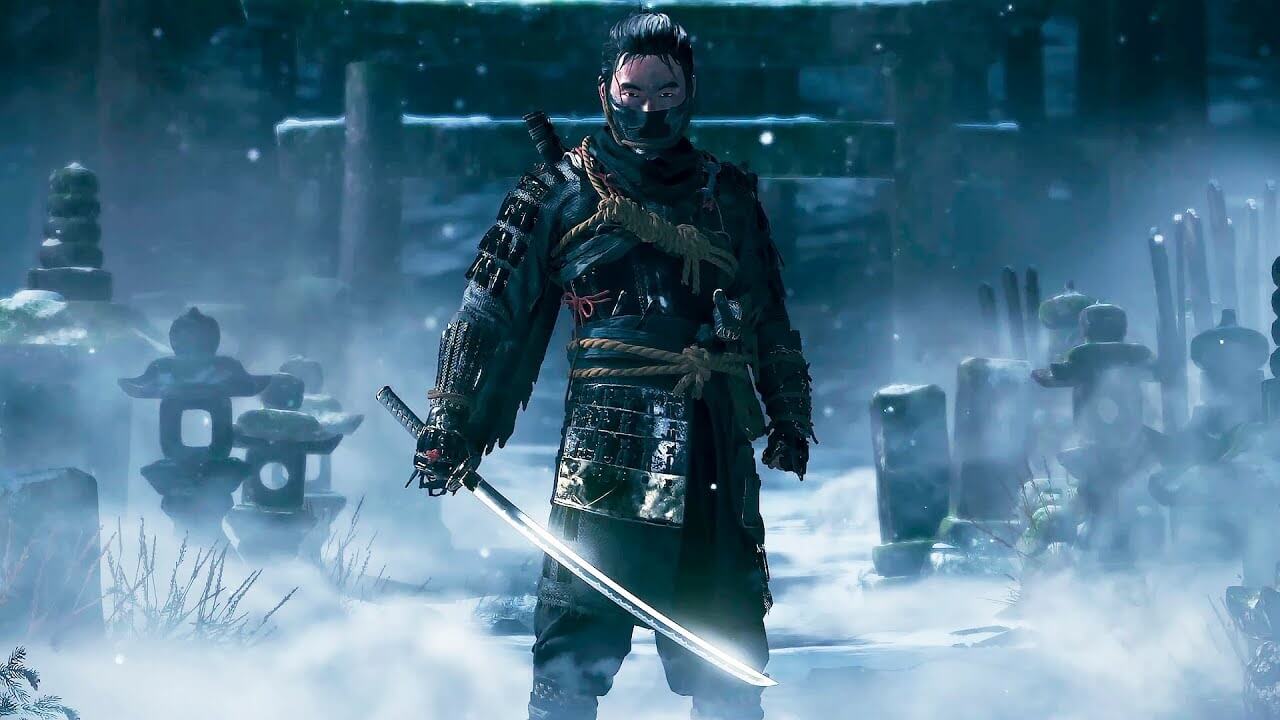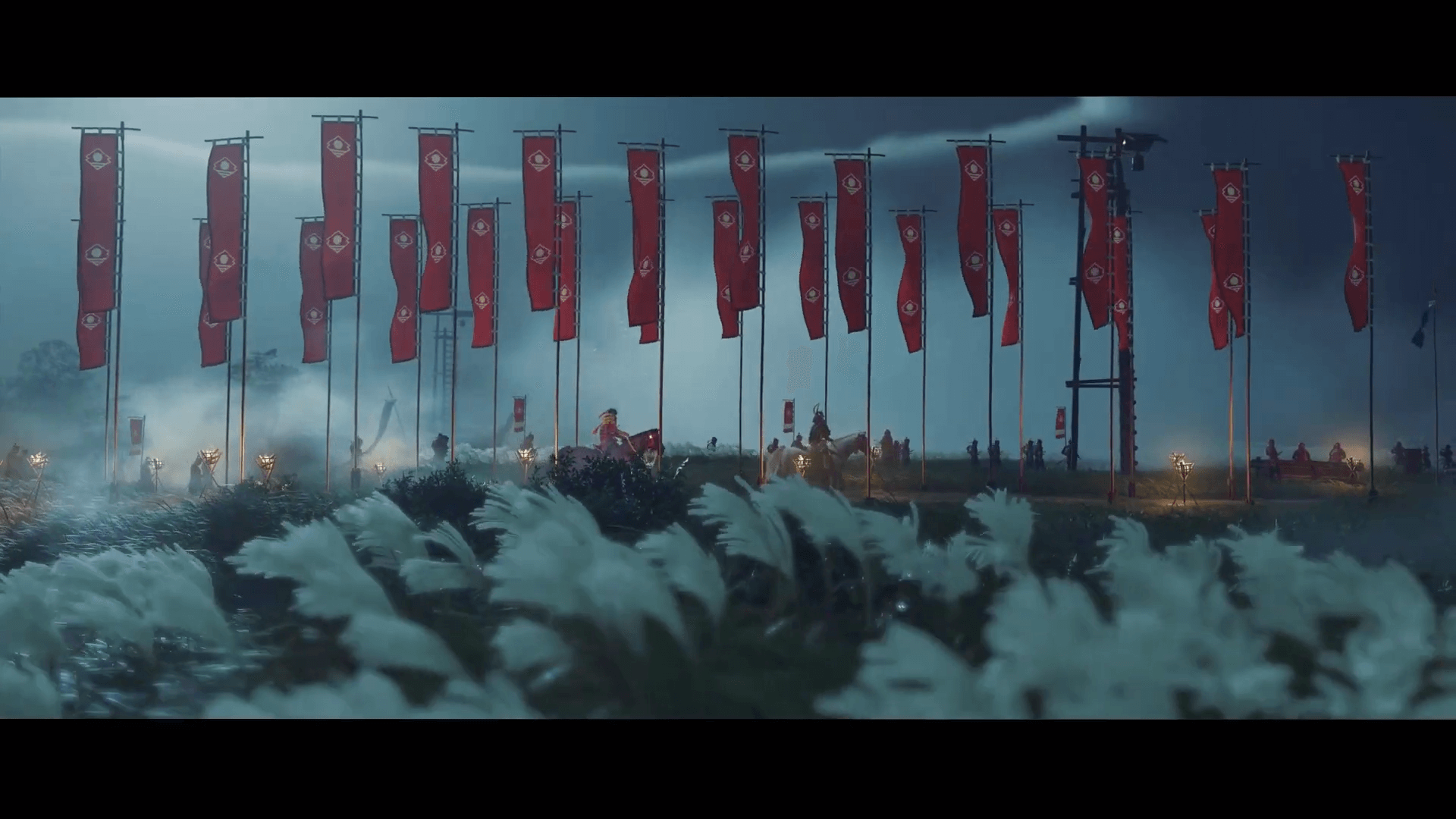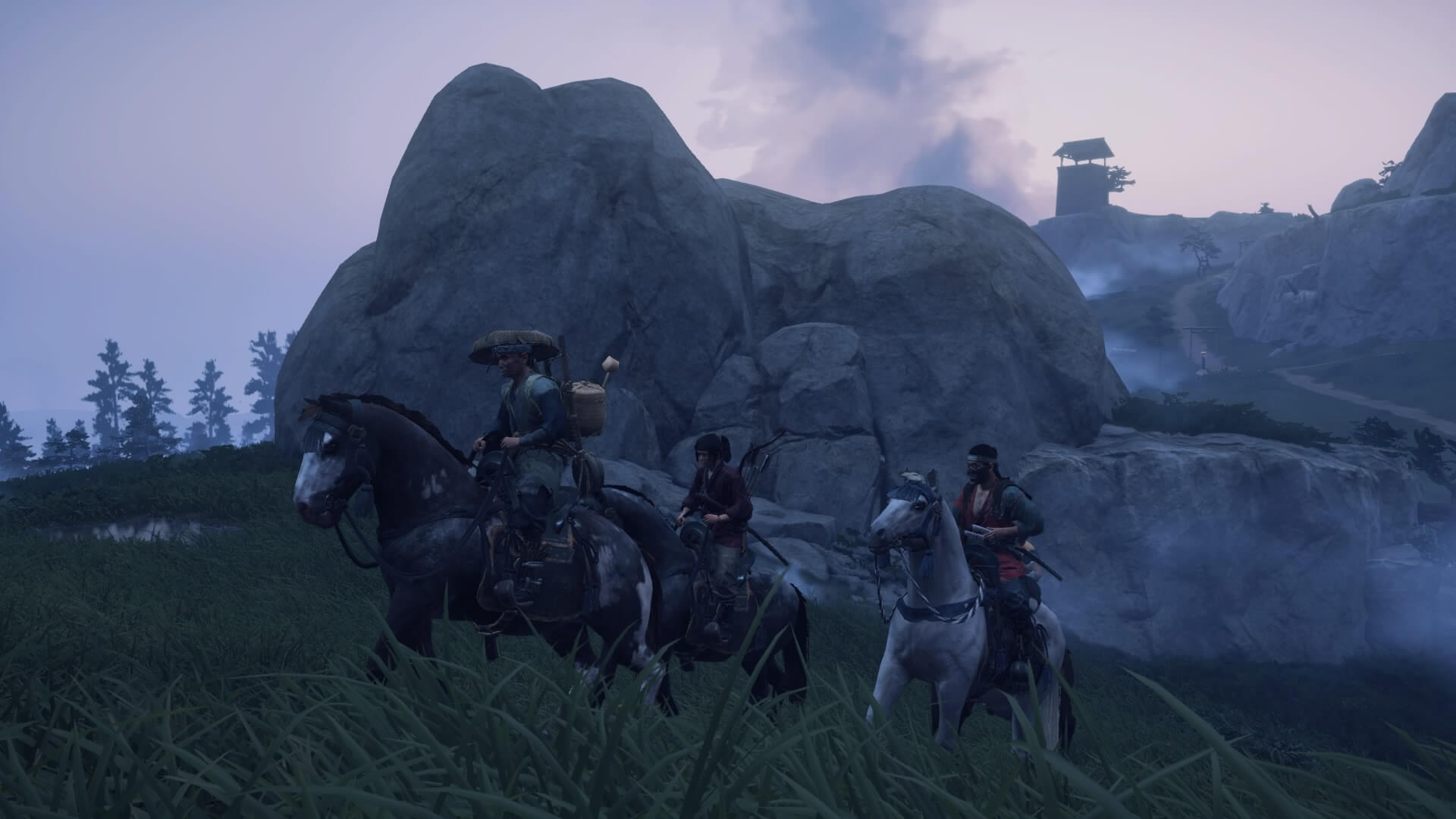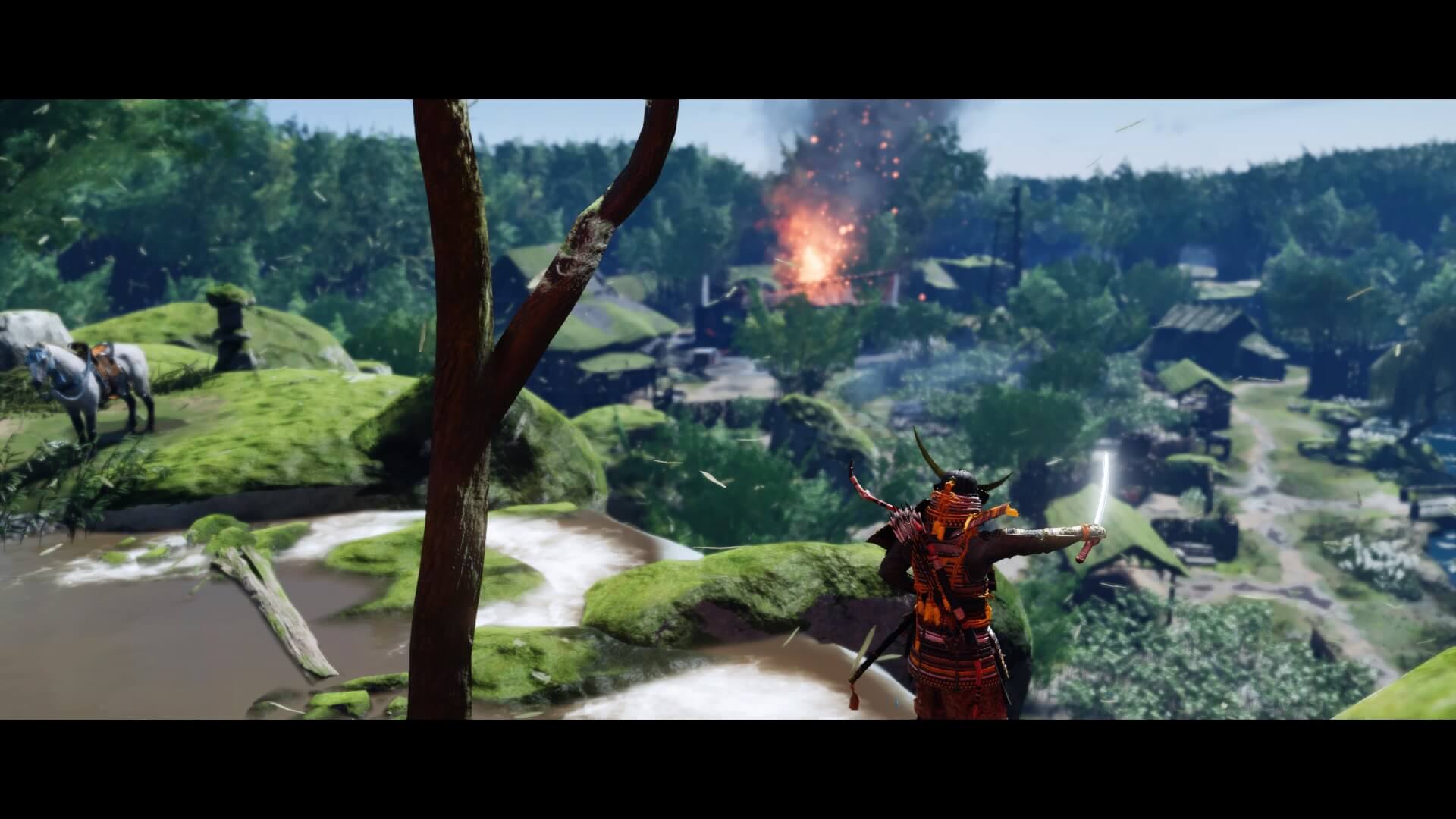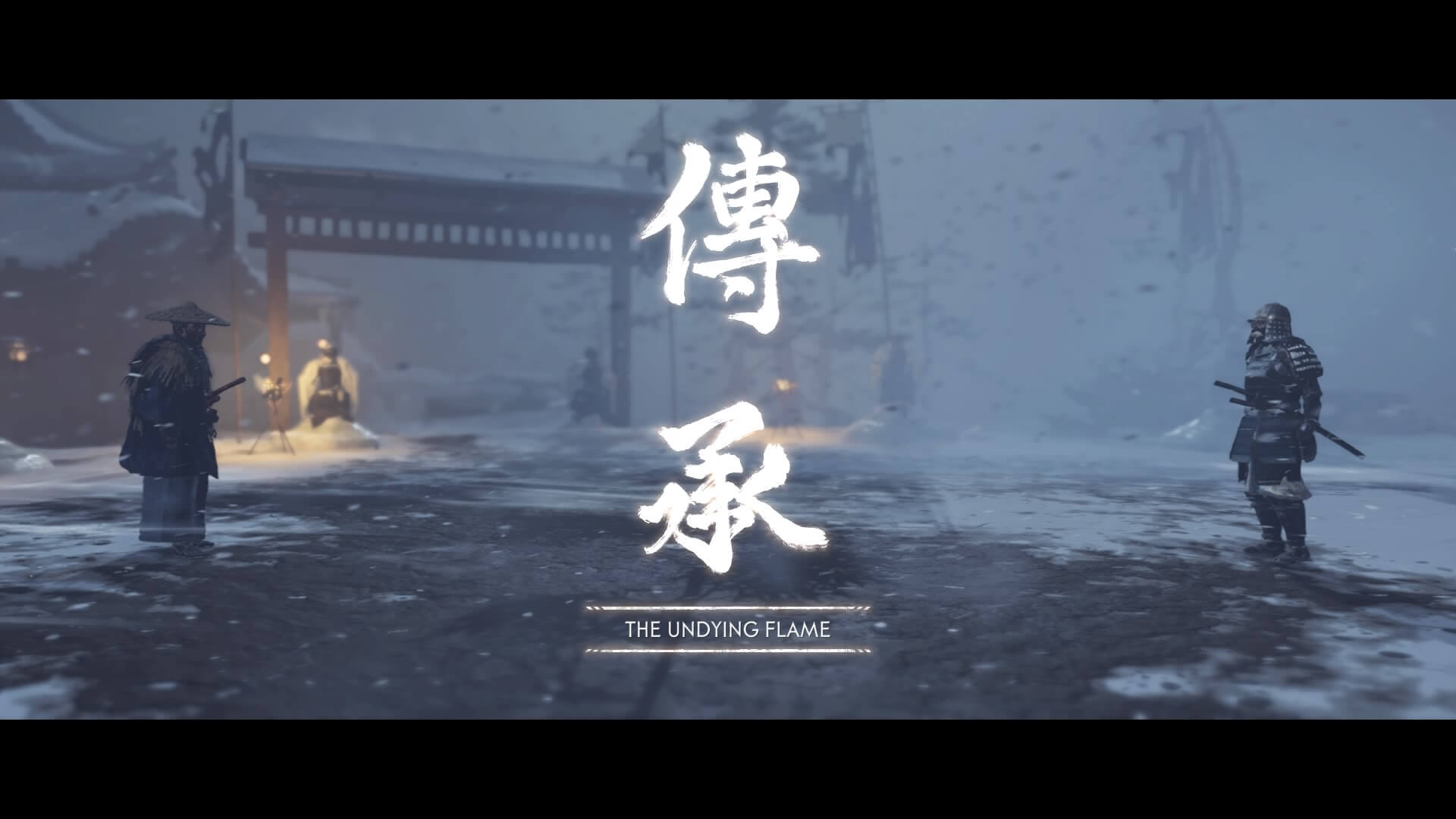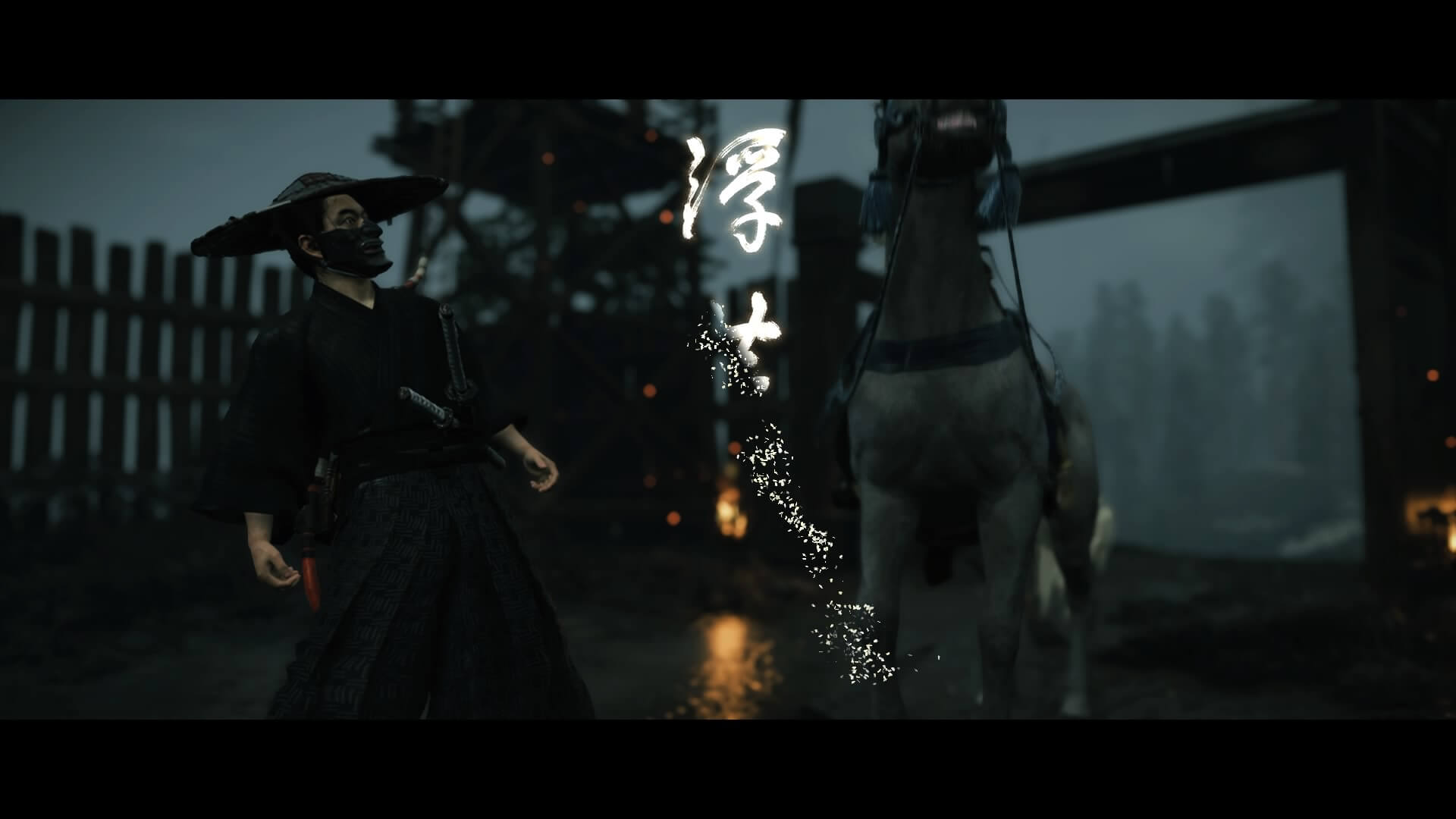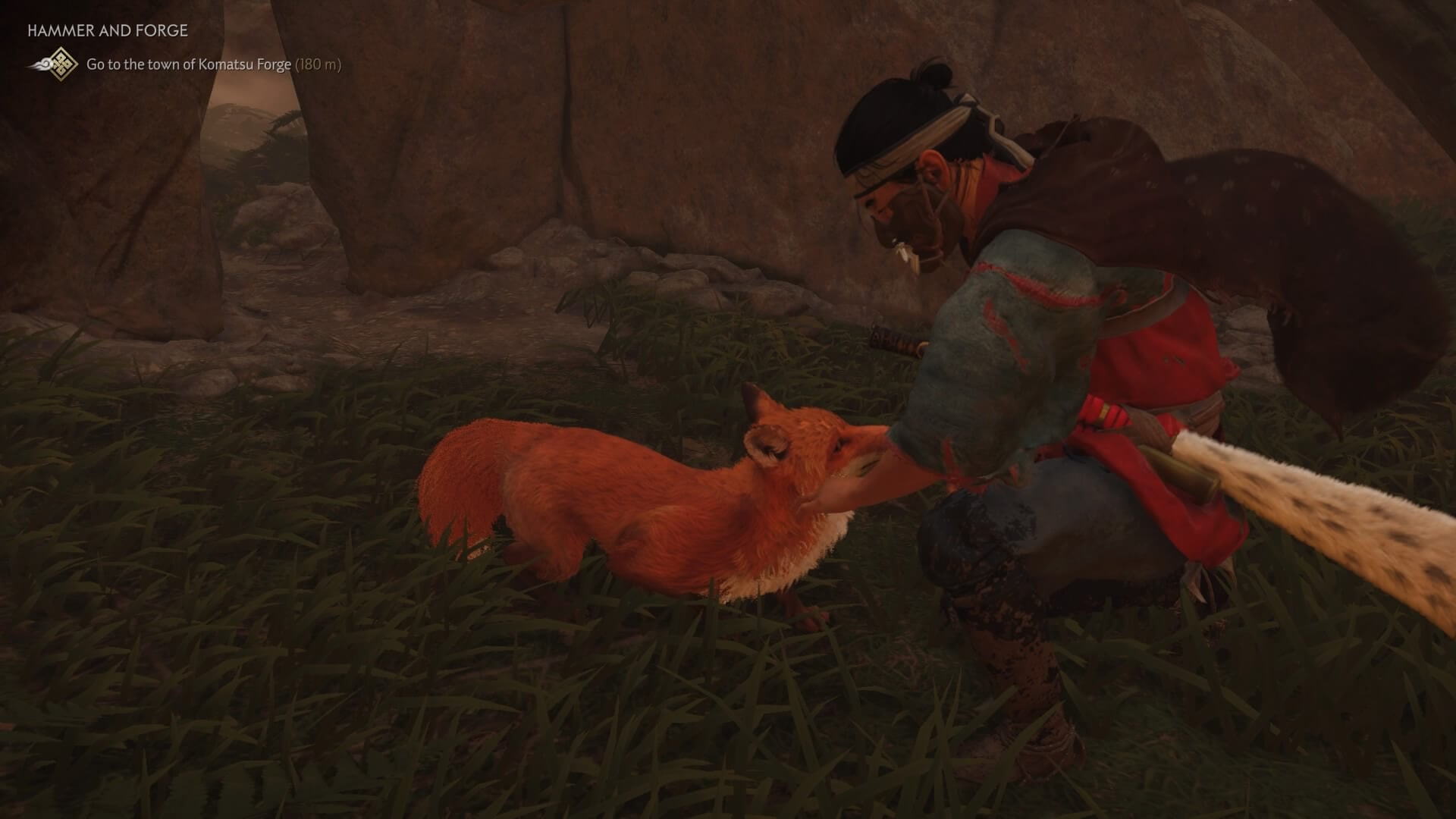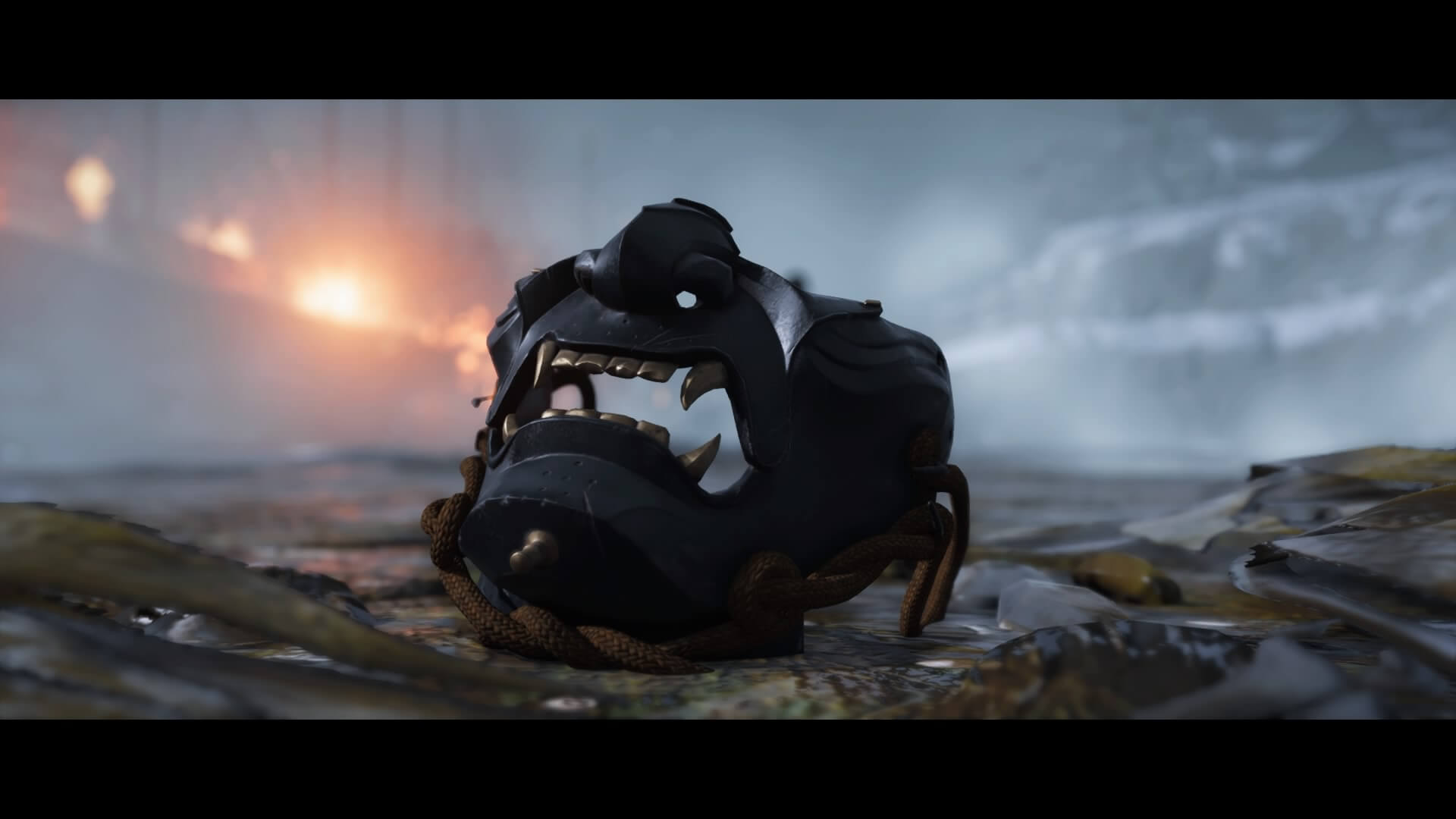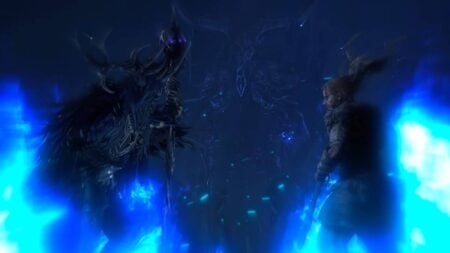Skip To...
Title: Ghost of Tsushima
Developer: Sucker Punch Productions
Publisher: Sony Interactive Entertainment
Genre: Action-Adventure
Available On: PS4
Release Date: July 17th 2020
Where to Buy: PSN
In the 13th century, the Mongolian empire had vastly outgrown the people that conquered and reigned supreme over it; the continent span of Eurasia was entirely in their control by 1259. Around that same period, Kublai Khan sought to grow his empire into the islands of the Pacific Ocean only to reach the Japanese Samurai warriors that inhibited them. This led to the initial invasion of Japan which took place on Tsushima Island, the closest landmass near the Asian continent. On Komoda Beach is exactly where Sucker Punch Productions decided to open their epic tale, Ghost of Tsushima.
Legend of The Ghost
Finally released after 2 years since it’s debut at E3 2018, and after a 3-week delay to July 17th; Sucker Punch Productions has released its most outstanding title by far. Possibly the last PS4 exclusive game, it displays the best out of current-gen games wrapped up quite nicely. Building on their decadent history of developing an impressive library of games, Sucker Punch’s last full title was over six years ago with Infamous: Second Son. Now seeing the full realization of the Feudal Japan aesthetic and culture, Ghost of Tsushima takes no shame in displaying the extravagant and breathtaking style this period in Japan’s history is deeply connected with. A true appreciation of Japanese landscape and culture is clear, especially in the story and cutscenes that weave a great narrative about loss, betrayal, and honor.
As the samurai warriors from clan Shimura occupy Komoda Beach in preparation for the ensuing Mongolian invasion, Lord Shimura and his nephew Jin Sakai arrive to fight. Facing the Mongolian King, the game places players at the forefront of the action to witness the brutality and bloody realities of war. Tearing through invaders, Jin is suddenly knocked to the ground and witnessed the capture of his Uncle before succumbing to his wounds. Awoken to the deafening silence in the wake of chaos, Jin’s ventures into the unknown to locate his sword and missing uncle. Watching and sneaking around near a village, a woman named Yuna who helps Jin to his missing weapon and liberation of Tsushima from Mongol forces.
With the help of some unlikely and estranged allies, Jin successfully starts leading his people to freedom; attaining the moniker of ghost symbolizing his life turn from honorable samurai to an ignoble ronin. The game is well directed and the flow of action is certainly Kurosawa-inspired if not a direct homage. A classic tale of a samurai fallen from righteousness, and while it doesn’t exactly break any new conventions or themes, it’s captivating and will keep players immersed and engaged with powerful dialogue and character struggles. Despite the story somewhat faltering to a somewhat expected dilemma; the development and world-building beyond that are explorative and suit the various themes of the narrative. From this point onward, the game finally gives players access to a sprawling open world full of invaders to cut down.
Ghost of Tsushima: Way of the Sword
What creates a compelling experience in gaming is being able to create a fun gameplay loop, and Sucker Punch centered on a thrilling system of slicing enemies to bits. Ghost of Tsushima perfectly exemplifies this in the opening invasion. Just cutting down enemies is satisfying as you wear down their stagger meter to open them up for easy strikes. The flowing combat system of stances and throwables is a perfect match for any intrepid warrior. Stealth is also integral to the gameplay, even though it’s not at the level of deep deception tactics like Metal Gear. Still, it’s a serviceable mechanic that works well with the gameplay despite lackluster AI at times. With each stance unlocking after sneakily observing and defeating Mongol leaders, it gives players a choice to play at their own pace. This all boils down into the most intimate of confrontations in the form of 1 on 1 duels Jin can seek out. These battles are some of the most well captured sequences that really test players abilities.
Jin also collects various Omamori charms from the Shinto Shrines that can increase defense, sneaking, damage, etc. There is no limit to what can be used and tailored to specific combat styles. Compounded with the enriching upgrade system for abilities and weaponry; there is no limit to the level of experimentation players have full reign over before even starting Act II. Even then, each major main story mission gives players more tools to use in and out of combat. For instance, grabbing the grappling hook early in Act 1 turned my journey into becoming the friendly neighborhood ronin, liberating all people. It also opened up more movement and platforming options for further shrines and camps. As you play through the story, these items will change how you’ll want to approach situations given all the tools now at your disposal. Despite the main gameplay loop being fun, many of the sidequests and even some of the focused character-specific quests can be borderline derivative and boring. It falls into the classic open-world tedium that can bog down gameplay.
While this can be mainly avoided by mixing in main quests and side ones, it’s inevitable to run into situations where players are seeing the same situations play out just in three visually unique areas of the map. This was especially disappointing in the post-game where all there is to do is find collectibles and complete side quests that are hardly rewarding or fulfilling after the epic climax. Despite this, it’s never frustrating enough as many open-world titles struggle with solutions to the backtracking, trailing, and sneaking missions. It’s still a very necessary part of the experience to build up your supplies and materials to upgrade your weapons and armor. Ghost of Tsushima is great at giving an incentive to go further and eradicate the invaders, but beyond helping people in Shenmue-Esque quests can be rather dull. Regardless, the title is amazing mechanically and gives such an afforded freedom to fight how you like and build on that philosophy.
Galloping From Mountains to Fields and Beaches
What makes the Island of Tsushima so sprawling and decadent is the freedom players are given to explore all of it. From the outset of the first few missions, players instantly have full access to the largest area in the game, which is surprising, but never did it feel limited in terms of progression or difficulty. Most of the map is covered with useful upgrades and stat increases in health that encourages exploration. The first armor set Jin gains is used to seek specific collectibles and fill in more of the map. It’s a direct incitement and challenge to all collectors and completionists. Despite the key method of travel being a horse with a fixed speed, the areas never felt like a chore to travel. With a fast travel option to certain locations and strongholds, it was never discouraging to just ride to your destination.
Sucker Punch put quite a lot of time and impressive detail into the map design. It’s a very welcoming open-world experience that has a clear design philosophy to propel and compel players to keep moving forward in any direction. Taking down more Mongol camps reveals more information about their whereabouts, leading you in the right areas for both exploration and upgrades. Roaming around the trees, you might find fox dens who can lead you to shrines for more charm slots and upgrades. Coming across beautiful fields for a wilderness haiku, or finding that secret hot spring, is so rewarding and eases a samurai’s stress. What’s even more relaxing is defeating a Mongol encampment to reach a hot spring and unwind, but only to awake and chop up some bandits makes a player appreciate the stillness of its beauty. It’s certainly a delightful mix of contrasting gameplay that seamlessly and elegantly blends for a great experience, all thanks to the visuals Sucker Punch could craft.
Ghost of Tsushima: Serenity in the Scenery
Easily the most recognizable and lauded as one of the better parts of the title is the extensive ranges Tsushima Island offers. Thankfully, my launch console with a stock hard drive could still produce fantastic topography. For a title taking place in the late 13th century, the world is in tune with colors and it gives off an impressive effect that solidifies the authenticity of these locations. It utilizes the magnificent deep yellows and red to significant eye-catching shots, but it isn’t color that always makes an image come together.
The title was built for a more artistic look and the black and white vignette fulfills that dream well. Inspired by the samurai film director that led Sucker Punch to create Ghost of Tsushima; Akira Kurosawa mode transforms the gameplay into a more serious display; even with film grain to boot. Movies like Yojimbo and Kagemusha are excellent examples of the inspiration drawn for the creation of Jin’s journey and character identity. The game enjoys showcasing these comparisons greatly, and while the story and action might not always reflect or work well with the mode, it’s a brilliant mark of respect and admiration towards the team’s adamant inspiration from Kurosawa. Even the performances are well-acted, even in Japanese, despite the lip flaps not matching languages other than English. Nonetheless, the performances are well motion-captured and voice acted to complete the authentic creation of a war riddled island.
Verdict: Despite succumbing to some open-world mishaps and side quest monotony, Ghost of Tsushima is a wonderful title with many elements for any audience to enjoy. The story is thrilling and epic, filled with great and classic elements that may be a bit too cliche for some. Yet, the combat is entrancing and very exciting with it’s world-building and exploration being some of the best in recent memories. It’s a brilliant and methodical game that offers only the bravest to claim the glory of becoming the ghost Tsushima needs.

